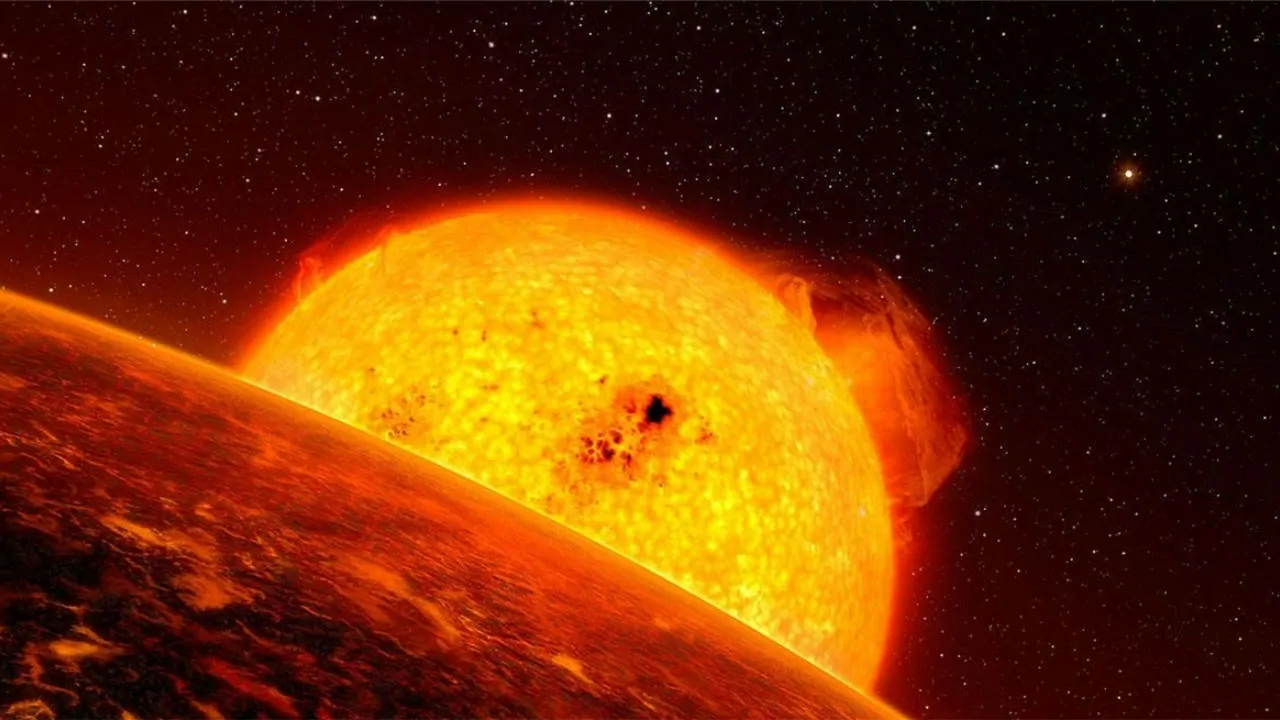One of the most dramatic transformations in the life of a star happens when it runs low on hydrogen, the essential fuel that powers its core. This process marks the beginning of a new phase in stellar evolution, where a once stable star swells in size and brightness to become what astronomers call a red giant.
Stars spend most of their lives in a phase called the main sequence, where they fuse hydrogen into helium in their cores. This fusion process releases immense energy, which balances the gravitational pull trying to collapse the star. However, hydrogen is not infinite. As time passes, the amount of hydrogen in the core gradually decreases.
When hydrogen becomes scarce, the core can no longer sustain efficient fusion. As a result, the core contracts under gravity and heats up, while the outer layers expand dramatically. The increased surface area causes the star to shine brighter, but the surface also cools, giving the star a reddish appearance—hence the term red giant.
This red giant phase is temporary but pivotal. For stars like our Sun, this stage will last a few hundred million years before the outer layers are shed, leaving behind a white dwarf.
The depletion of hydrogen is a natural part of a star’s life cycle and plays a key role in shaping the structure and fate of stars across the universe.
